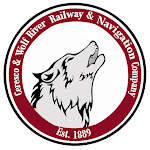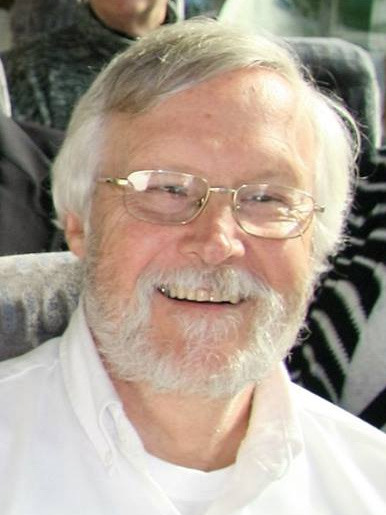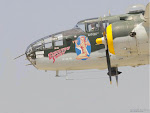Several years ago, I started repainting FlyModel's C-47 kit as a World War II era Lisunov Li-2. The US provided hundreds of C-47s to Russia under Lend-Lease. The Russians built C-47s under license. The Lisunov Aircraft Factory built a near-identical knock-off, and never acknowledged that it was an American design. The Li-2D I'm modeling was a WWII paratroop transport and glider tug. Some of the Li-2s were fitted out as transport/bombers or photo recon ships. Like the DC-3 in the US, the Li-2 became a mainstay of post-war Russian civil aviation.
After I finished repainting and printing the kit for my father's C-47, I went back and looked at the Li-2 repaint. It was nearly finished. So I have now finished it, except for a few bits that will have to be repainted during the assembly process, and my plan is to build the two in parallel. Together, they should make an interesting display.
"Repainting" the two kits was done in Photoshop Elements. For the C-47, that meant painting out the invasion stripes and changing the squadron and aircraft markings. For the Li-2, it involve all of that plus adding camouflage and Russian insignia, and modifying several components to match photos.
Printing will be a tedious process because the original sheets are 16x11 inches and my printer can only handle letter and legal size cardstock. So l'll have to use Photoshop to slice up the pages and rearrange parts to fit my printer.








